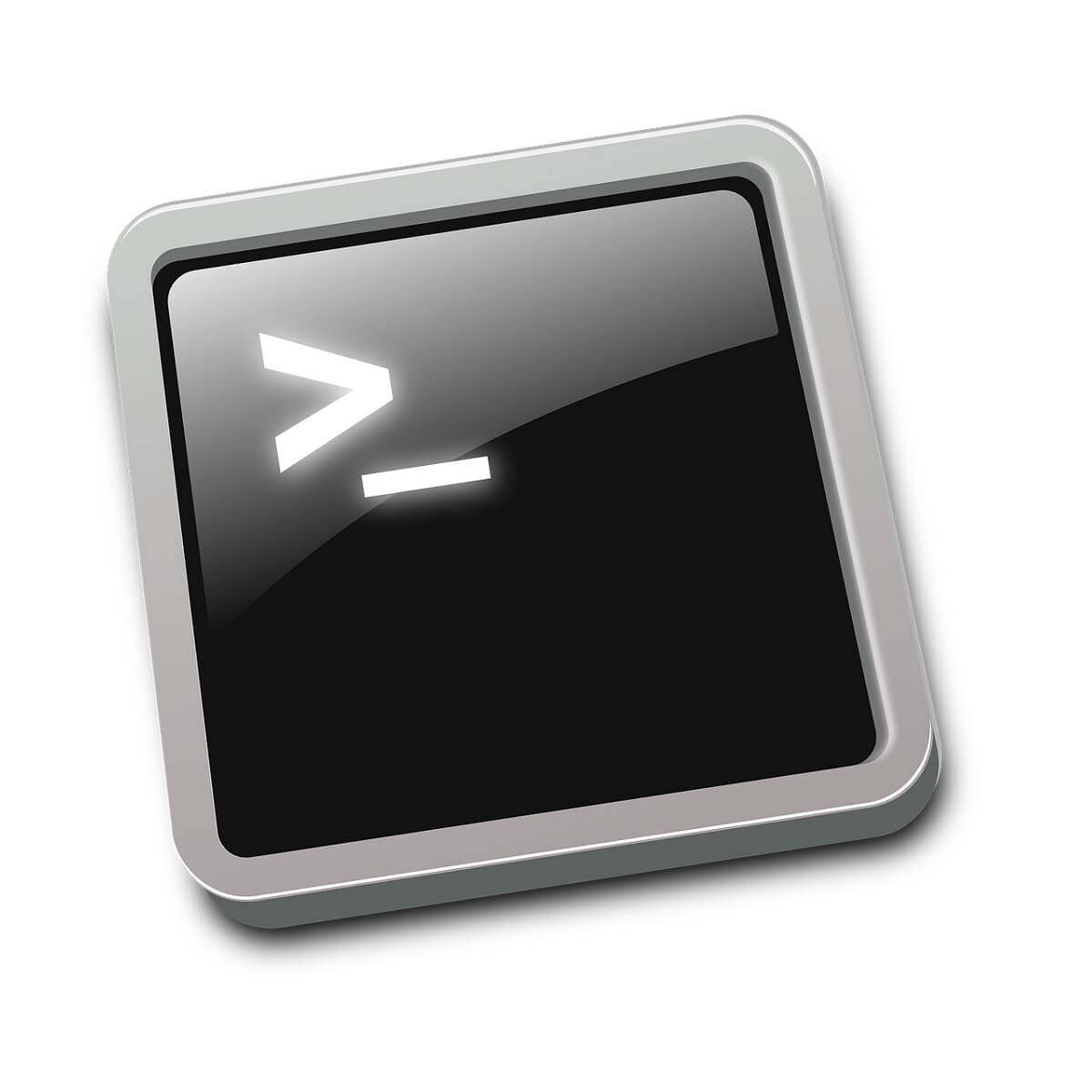

This will add the Open Bash here command to the context menu of the Desktop context menu. To get HKEY_CURRENT_USER\SOFTWARE\Classes\DesktopBackground\shell\openbashhere\commandĬreate appropriate values and their data.
Additionally, you can create a similar Registry structure under the key HKEY_CURRENT_USER\SOFTWARE\Classes\DesktopBackground. 
This will add the Open Bash here command to the Directory background context menu:
Now, repeat the steps above under the key: HKEY_CURRENT_USER\SOFTWARE\Classes\Directory\Background. You just added Bash to the context menu of folders: Set the value data of the default (unnamed) value of the "command" subkey to: cmd.exe /c cd /d "%V" & bash.exe. Again, under the "openbashhere" key, create a new subkey called "command":. Set its value data to: %USERPROFILE%\AppData\Local\lxss\bash.ico. Under the "openbashhere" subkey, create a new value of type "Expandable String Value" and name it as "Icon":. Set the value data of the default (unnamed) value under the "openbashhere" subkey to "Open Bash here":. Give it some recognizable name like "openbashhere": Create a new subkey here called "shell":. #Recommended linux bash shell for windows how to
Tip: see How to jump to the desired registry key with one click
Go to the following Registry key: HKEY_CURRENT_USER\SOFTWARE\Classes\Directory. To add Bash Context Menu in Windows 10, do the following. Once configured, you can apply a Registry tweak as mentioned below. 
How to enable Ubuntu Bash in Windows 10.How to find the Windows 10 build number you are running.If not, ensure that you are running Windows 10 version 1607 and first install Bash. In this article I assume that you have Bash on Ubuntu installed and configured in Windows 10.







 0 kommentar(er)
0 kommentar(er)
